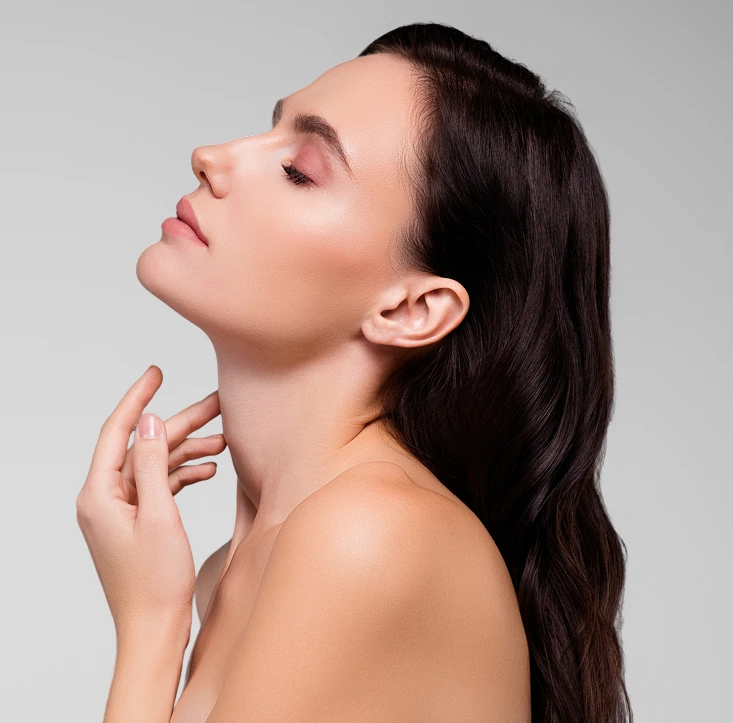
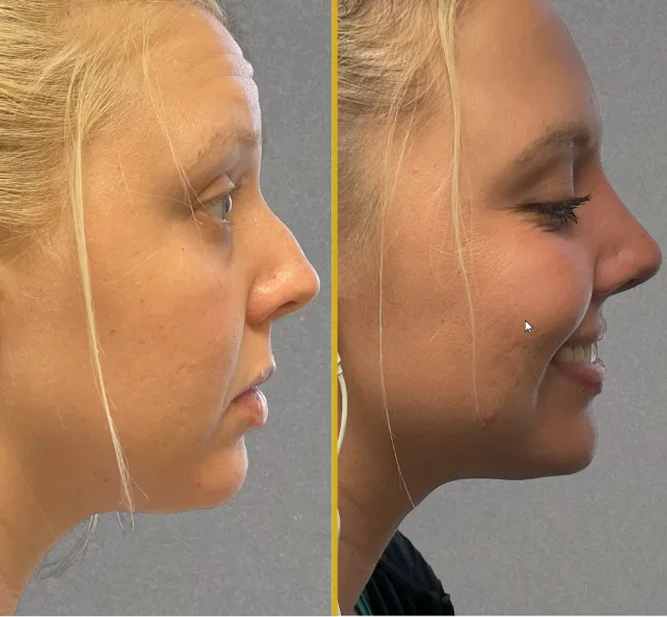
The surgical techniques used for rhinoplasty will depend on the specific goals of the plastic surgery and the patient’s nasal anatomy. The two main types of rhinoplasty techniques are open rhinoplasty and closed rhinoplasty.
While not technically a form of rhinoplasty, septoplasty surgery is often performed with a rhinoplasty to correct a deviated septum, addressing breathing difficulties, congestion, snoring, and sinus infections. During the procedure, our surgeon accesses the nasal septum through an incision inside the nose, removes or straightens the deviated portion, and reshapes the cartilage and nasal bones to improve airflow. Typically, patients can return to work and normal activities within a week or two.
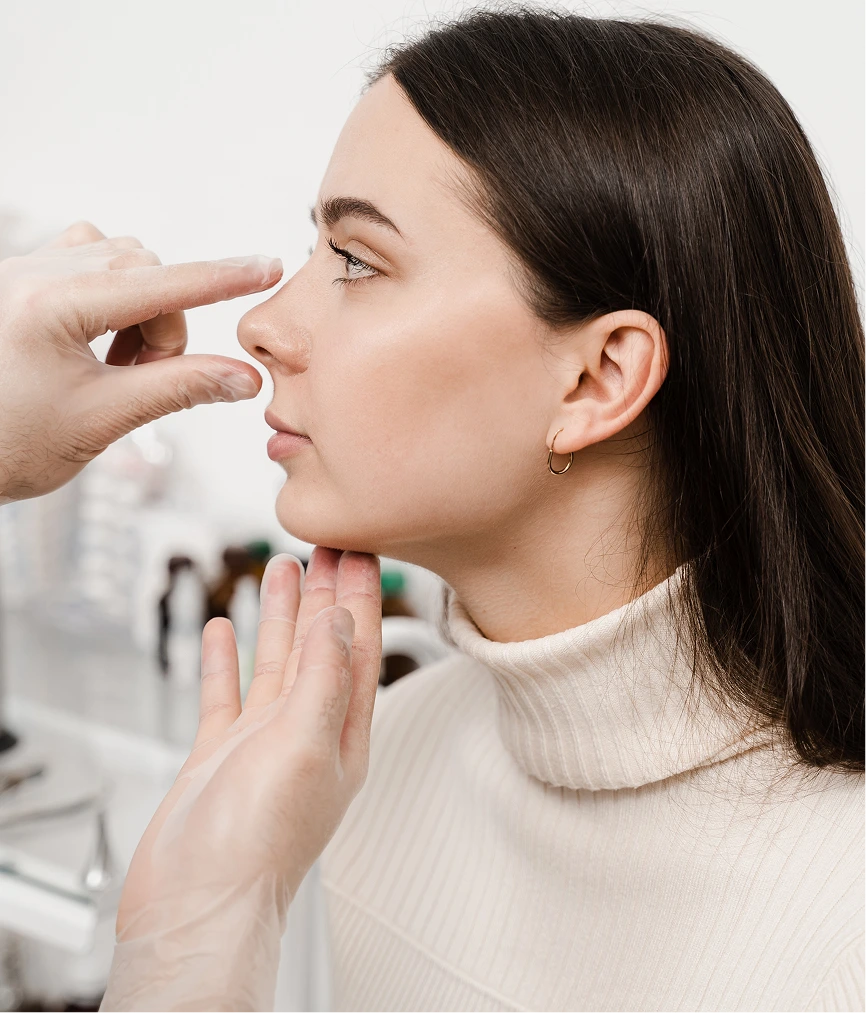
Before undergoing rhinoplasty surgery, patients must prepare themselves to ensure a smooth and successful procedure. The following are some necessary steps that patients should take before their rhinoplasty:
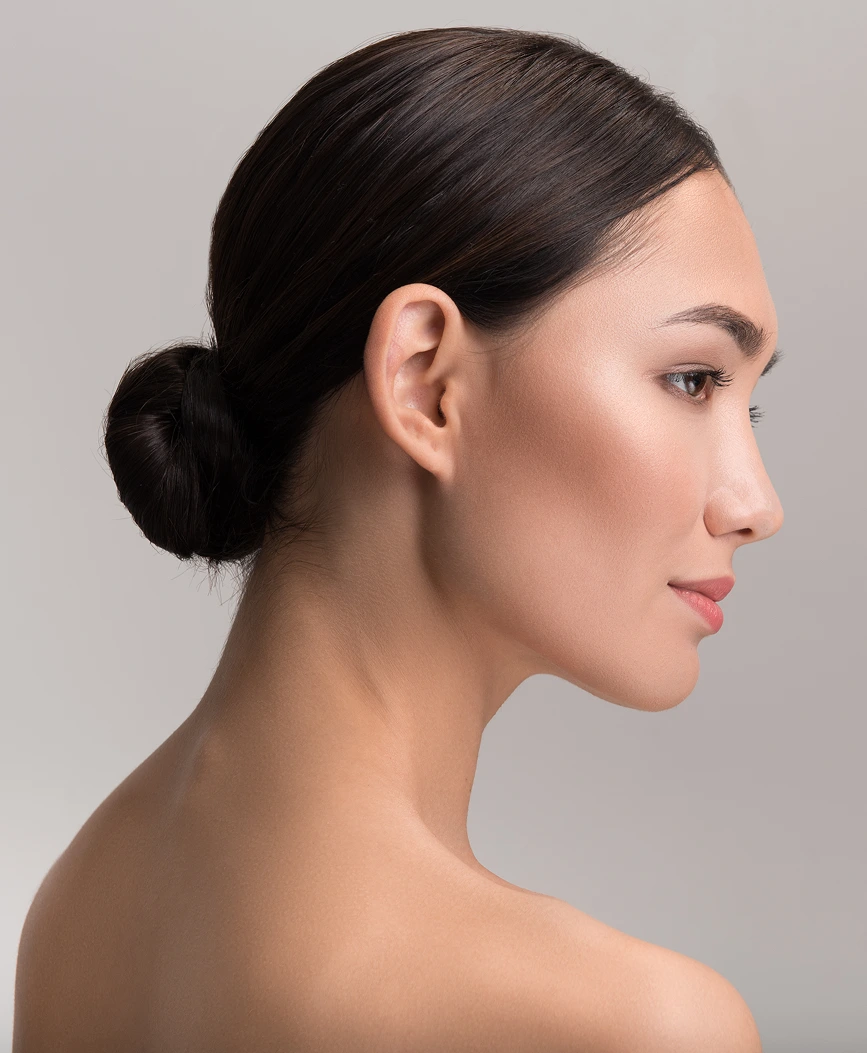
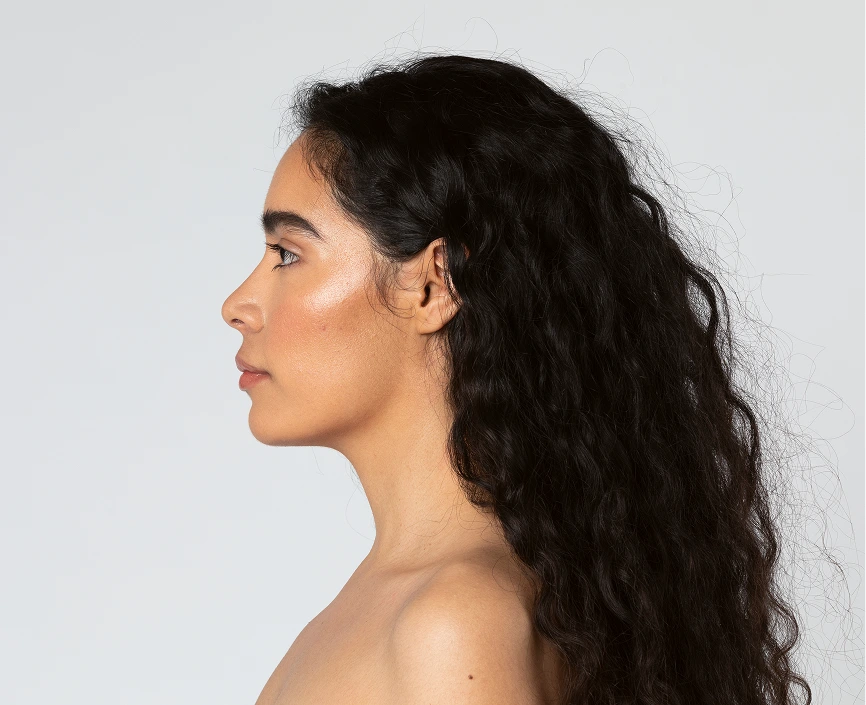
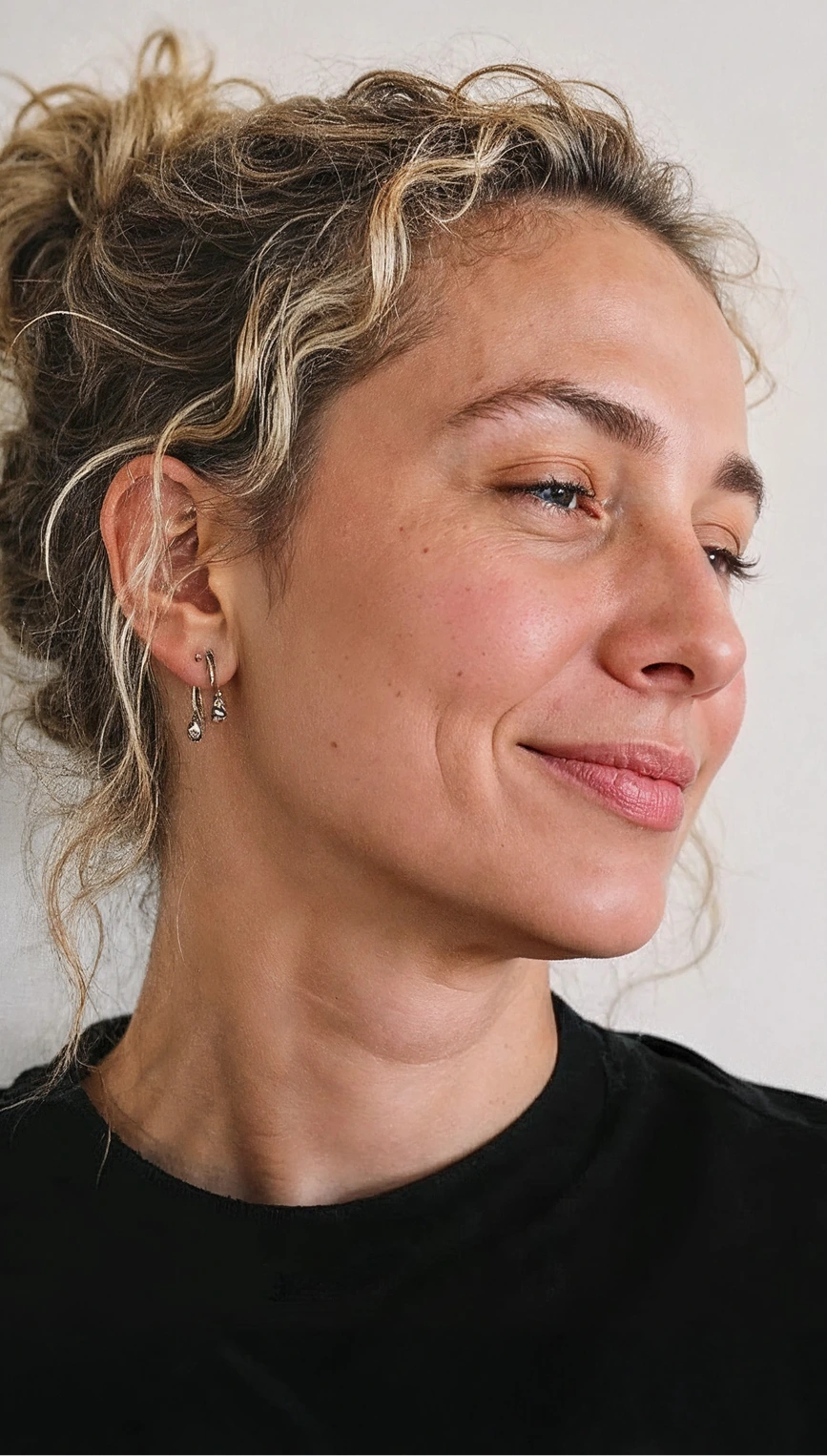
Good physical and mental health can enhance the likelihood of a positive healing process following a nose job. Before the procedure, any pre-existing medical conditions should be disclosed to the plastic surgeon.
The cost of rhinoplasty surgery in Miami and South Florida can range from $5,000 to $15,000. The price may vary depending on several factors, including:
Rhinoplasty, or nose job, is a cosmetic surgery that can improve the shape of the nose. On the other hand, septoplasty is a reconstructive surgery that corrects issues that affect the nasal septum, including the nasal cartilage and bone structure inside the nasal septum that separates the nostrils. While the two procedures can be performed together, they address different concerns and require additional surgical techniques.
Copyright 2025. Revive Surgical Institute.